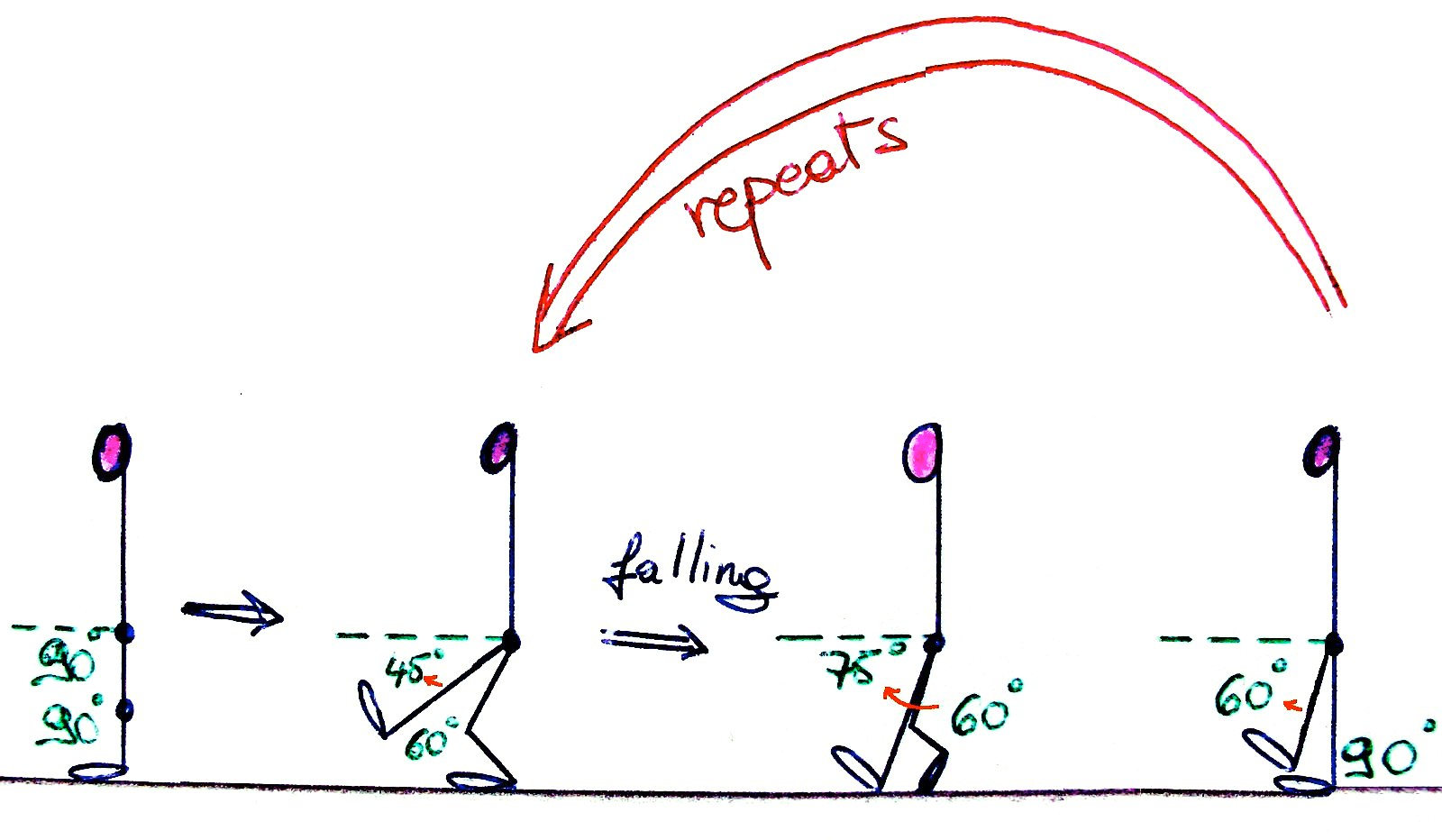“Drawing” and “Being Drawn”

The German word “Entwerfen” — drafting or drawing — is closely related, a kind of reversal of the verb “werfen,” which is to throw, or hurl, or toss. Flusser uses the association to describe the difference between being “thrown” into a particular situation, as we all are by birth and circumstances, and drawing, or designing — or more eactly, “projecting” ourselves. Such a reversal becomes available — or perhaps urgently necessary — under contemporary intellectual and technical conditions. Is there a pair of terms that work in the same way in English?
“Draft,” with associated “drawing” or “sketch” seems at least adequate as something that is new, inventive, provisional. The the idea of initially “being drafted,” or “being drawn” into specific circumstances does suggest that this happens without the consent or even engagement of the one being drawn. Conversely, the idea of drawing, or drafting emphasizes agency. The difference between the two has to be made gramatically, through the passive voice, between “to be drawn” into an existing world, or “to draw” a new self in a new world.
The possibility of translating “Entwurf” as “design” and “geworfen” as “designed” arises as well, and construction “being designed” has something right about it, a strong sense of being tailored to “fit” some function. It is exactly the way Flusser describes it. It regrettably doesn’t have the same sense of reversal that the pair “werfen” and “entwerfen” have in German.


